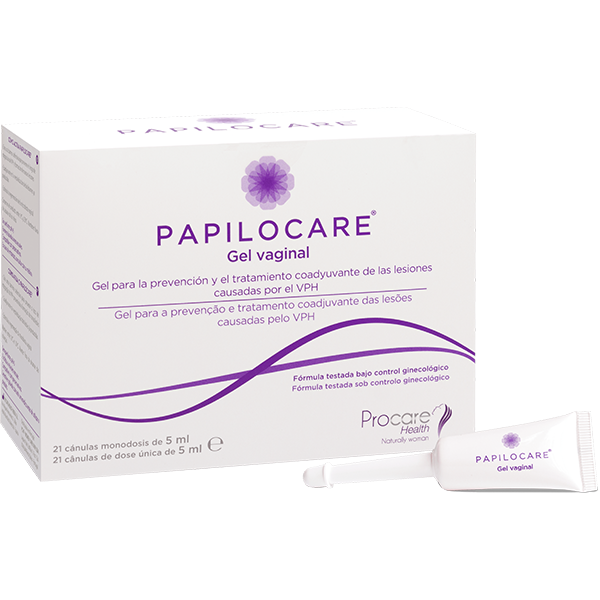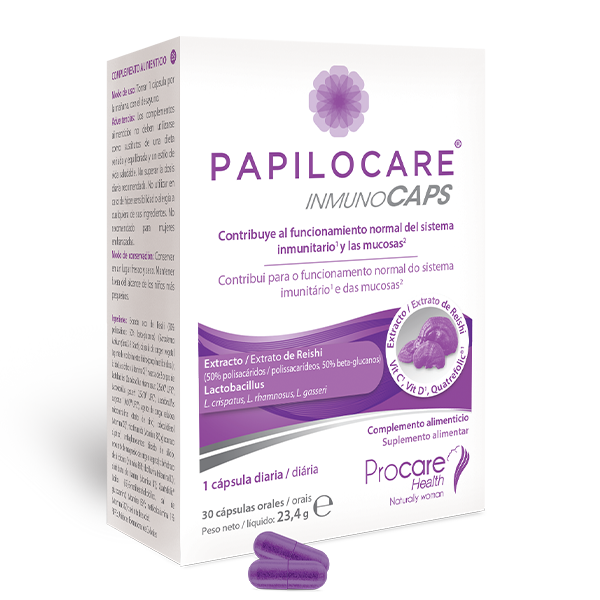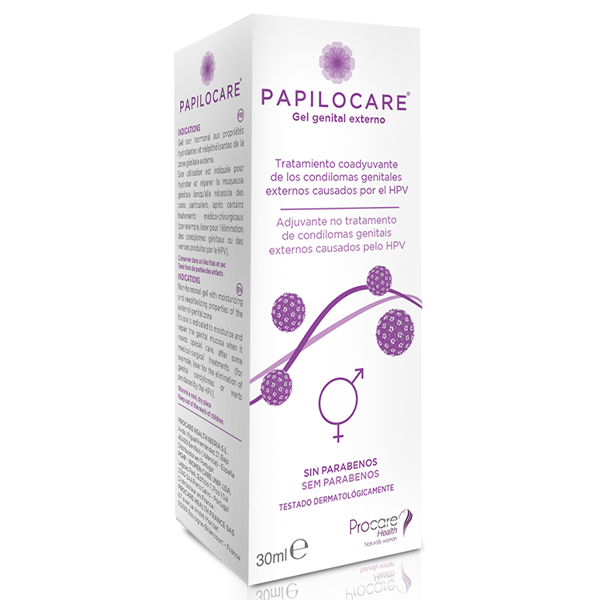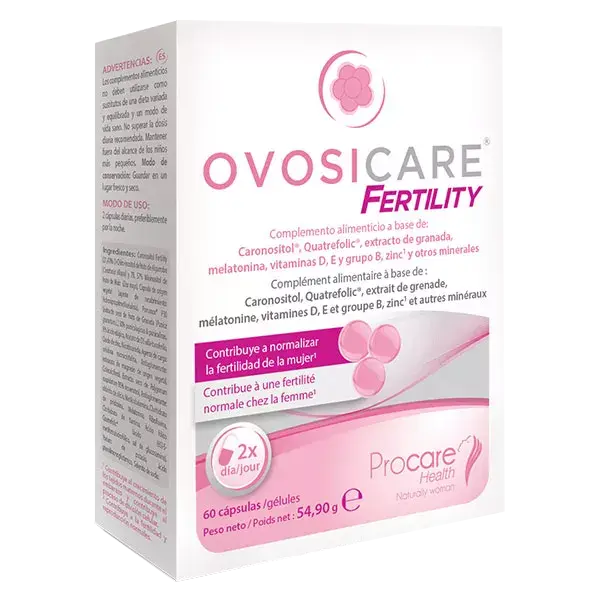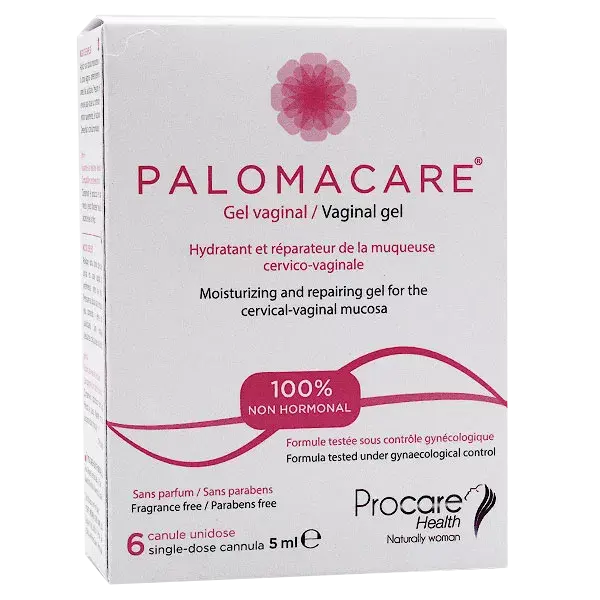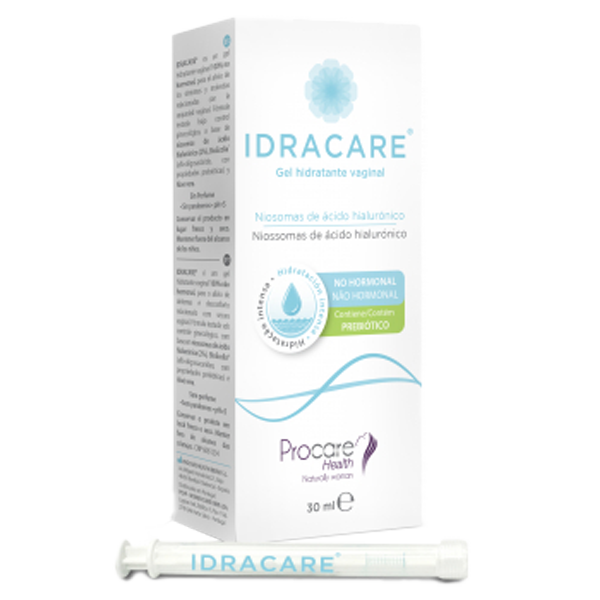Need for safe, non-surgical treatment for clearing human papilloma virus (HPV)

A recent article on HPV treatment by Dr. Charles Redman, Past President of the European Federation of Colposcopy (EFC) and consultant gynaecologist at Department of Obstetrics and Gynaecology, University Hospital of North Staffordshire, United Kingdom. The article was made for Revista Toko-Ginecología Práctica vol. 769 (March-April 2020). It explains the latest thinking on HPV treatment.
Scientific and technological advances have resulted in the detection of more high-risk human papillomavirus (HPV) infections and women with associated cervical intraepithelial neoplasia (CIN) than ever before though, hitherto, the traditional options remain as either masterly inactivity or surgery.
We know that nearly all sexually active adults will acquire HPV at some point in their lifetimes[1]. The vast majority of these infections are transitory and 90% are spontaneously cleared or become inactive within 12 to 24months of exposure to the virus[2][3][4]. Nonetheless, in some women the infections persist and in these women there is a risk of developing precancerous. It is recognised that the likelihood of persistence is related to the type of HPV. More than 150 subtypes of HPV have been identified which can be classified into 2 groups depending on their oncogenic capacity, namely, viruses with a low risk of progression to cancerous lesions (LR-HPV) and viruses with a high risk of progression to cervical cancer (HR-HPV). The main serotypes in this group are 16, 18, and 31, which are more directly associated with persistence of the virus. Persistent infection with an oncogenic or HR-HPV type is the main risk factor for detecting a CIN that may range from CIN1 to CIN3 and, ultimately, cancer[5][6].
The potential health burden caused by HPV is immense. In Europe, approximately 60,000 women are diagnosed with cervical cancer every year of whom about 26,000 will die from the disease[7] yet this represents but a tiny proportion of those who have been infected with HPV. In only a fraction of those infected will the virus persist and go on to develop CIN. Even then, a significant proportion of cases will resolve, particularly in young women. Up to 70% of women aged 30 or less with CIN2 will regress spontaneously[8] and colposcopists are increasingly reluctant to subject young women to potentially harmful cervical treatment with the recognised associated obstetric morbidity[9].
These considerations pose a real problem for cervical screening programmes, particularly if primary HPV testing is used. Many well and asymptomatic women will screen positive and experience with the associated anxiety[10][11], yet still be at a relatively low risk of developing cervical cancer or requiring treatment of CIN. In some cases, particularly if further tests are normal or low grade, conservative management will be advised even if referred for colposcopy. Given that such an approach may last for months this can be challenging both for the patient and clinicians. It follows that in these circumstances there is a demand for a safe, non-surgical treatment that might enhance viral clearance.
HPV infection alone is not the only determinant of outcome. Other factors, such as host immunity, histological structure of the ectocervix and transformation zone, plus the state of the vaginal microbiota all play a role, which is still poorly defined, but which may be essential for progression or regression of the infection[12]. Influencing some of these factors may provide an opportunity for improved clearance of the virus and reduction in risk.
Disclaimer
Information on this website is provided for informational purposes only and not intended as a substitute for the advice provided by your physician or other healthcare professional. You should not use the information on this web site for diagnosing or treating a health problem or disease, or prescribing any medication or other treatment. For medical advice, diagnosis and prescription, please consult a healthcare professional.
REFERENCES
- Chesson HW, Dunne EF, Hariri S and Marovitz LE. The Estimated Lifetime Probability of Acquiring Human Papillomavirus in the United States. Sex Transm Dis 2014;41:660-664.
- Reid R, Stanhope CR, Herschman BR, Booth E, Phibbs ED, and Smith JR. Genital warts and cervical cancer. I. Evidence of an association between subclinical papillomavirus infection and cervical malignancy. Cancer 1982;50:377–387.
- Stanley M. Pathology and epidemiology of HPV infection in females. Gynecol Oncol 2010;117:S5–S10.
- Skinner SR, Wheeler CM, Romanowski B et al. Progression of HPV infection to detectable cervical lesions or clearance in adult women: analysis of the control arm of the VIVIANE study. Int J Cancer 2016;138:2428–2438.
- Asiaf A, Ahmad ST, Mohammad SO, Zargar MA. Review of the current knowledge on the epidemiology, pathogenesis, and prevention of human papillomavirus infection. Eur J Cancer Prev 2014;23:206–224.
- Mirabello L, Clarke MA, Nelson CW et al. The intersection of HPV epidemiology, genomics and mechanistic studies of HPVmediated carcinogenesis. Viruses 2018;10(2):80.
- Bruni L, Albero G, Serrano B, Mena M, Gómez D, Muñoz J, Bosch FX, de Sanjosé S. ICO/IARC Information Centre on HPV and Cancer (HPV Information Centre). Human Papillomavirus and Related Diseases in Europe. Summary Report 17 June 2019. [01 June 2020].
- Taino K, Athanasiou A, Tikkinen KAO, Aaltonen R, Cardenas J, Hernandes A et al. Clinical course of untreated cervical intrapeithelial neoplasia grade 2 under active a surveillance: systematic review and meta-analysis. BMJ 2018;360:l499.
- Arbyn M, Kyrgiou M, Simoens C, Raifu AO, Koliopoulos G, Martin‐Hirsch P, et al. Perinatal mortality and other severe adverse pregnancy outcomes associated with treatment of cervical intraepithelial neoplasia: Metaanalysis. BMJ 2008;337:798– 803.
- Hellsten C, Sjöström K, Lindqvist PG. A longitudinal 2-year follow-up of quality of life in women referred for colposcopy after an abnormal cervical smear. Eur J Obstet Gynecol Reprod Biol 2009;147:221-225.
- Thangarajah F, Einzmann T, Bergauer TF, Patzke J, Schmidt-Petruschkat S, et al. Cervical screening program and the psychological impact of an abnormal Pap smear: a self-assessment questionnaire study of 590 patients. Arch Gynecol Obstet 2016;293:391-398.
- Greenbaum S, Greenbaum G, Moran-Gilad J, Weintruab AY. Ecological dynamics of the vaginal microbiome in relation to health and disease. Am J Obstet Gynecol. 2019;220:324-35.
Recent Posts
What is the best supplement to take for HPV?
High-risk CIN 1 and treatment options
The role of inositol in fertility and egg quality: the latest science
Categories
Disclaimer: Information on this website is provided for informational purposes only and not intended as a substitute for the advice provided by your physician or other healthcare professional. You should not use the information on this website for diagnosing or treating a health problem or disease, or prescribing any medication or other treatment. For medical advice, diagnosis and prescription, please consult a healthcare professional. More Information >
Disclaimer: Information on this website is provided for informational purposes only and not intended as a substitute for the advice provided by your physician or other healthcare professional. You should not use the information on this website for diagnosing or treating a health problem or disease, or prescribing any medication or other treatment. For medical advice, diagnosis and prescription, please consult a healthcare professional.
© LivBio Limited 2024 All Rights Reserved.
